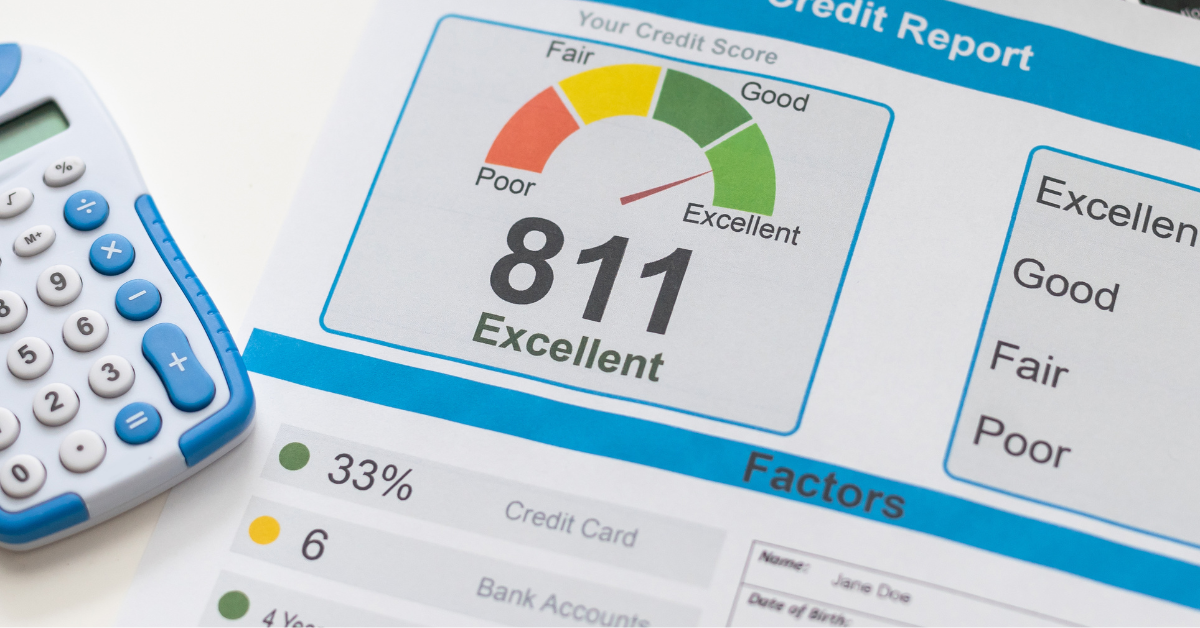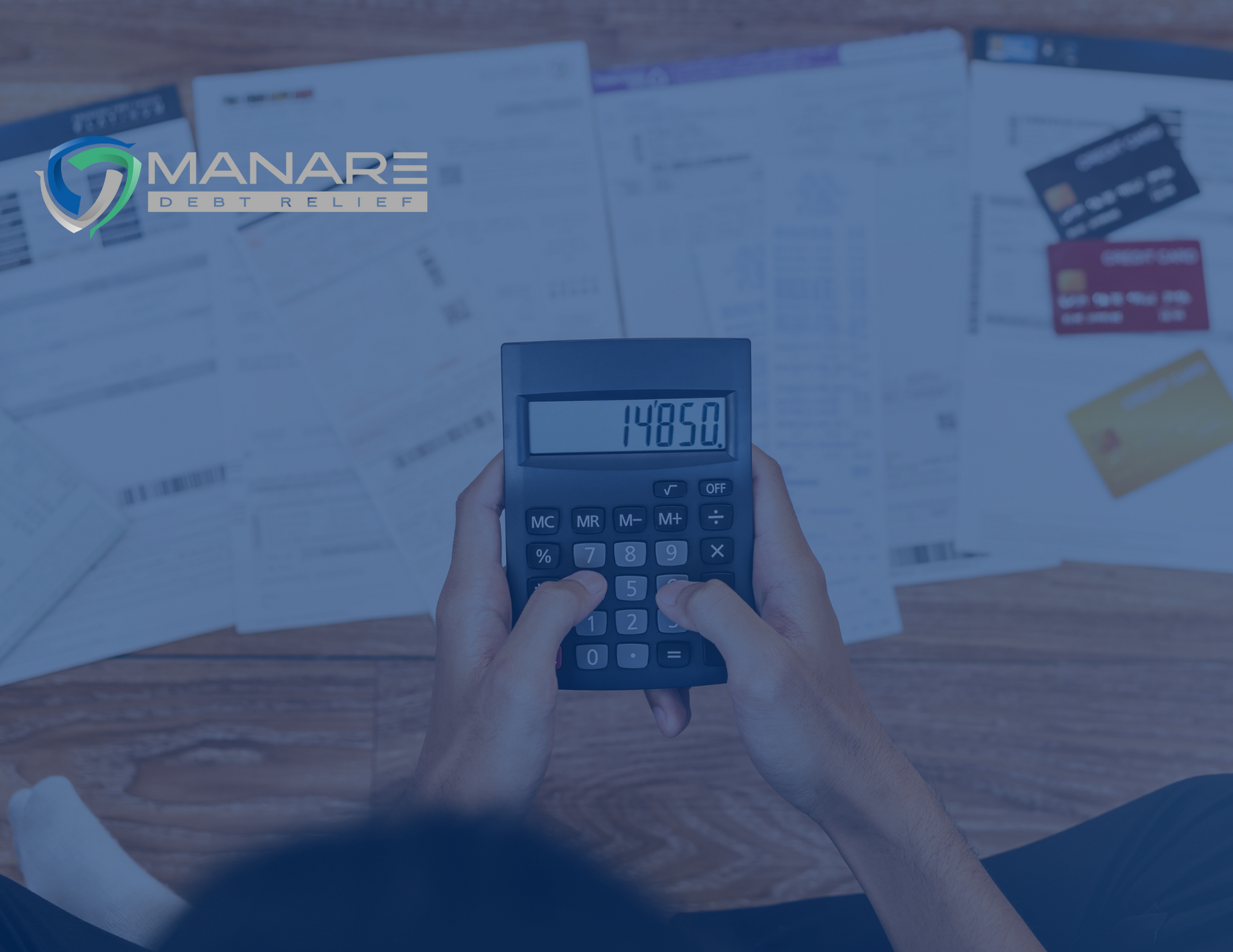How to Rebuild Your Credit After Debt Relief
Going through a debt relief program can be an incredibly empowering experience, allowing you to gain control over your financial situation and start fresh. However, one of the most common concerns after completing a debt relief process is how to rebuild your credit. While debt relief can significantly improve your financial outlook, it can initially have a negative impact on your credit score. The good news is that rebuilding your credit is possible—and with the right strategies, you can bounce back stronger than ever.

Here’s a step-by-step guide on how to rebuild your credit after debt relief:
1. Understand Your Current Credit Standing
Before you can rebuild your credit, it's essential to know where you stand. After your debt relief process is completed, request a copy of your credit report from the three major credit bureaus—Equifax, Experian, and TransUnion. Review your report to check the status of any accounts included in your debt relief program and ensure that all the information is accurate.
If any discrepancies or outdated information appear, dispute them with the credit bureaus to have them corrected. Keeping a close eye on your credit report ensures that you are aware of what’s affecting your score and allows you to track your progress.
2. Make Payments on Time
The most important factor in rebuilding your credit is demonstrating responsible payment behavior. Set up automatic payments for all of your bills, including credit cards, loans, and utilities, to ensure that you never miss a payment. Payment history makes up about 35% of your credit score, so consistently paying on time can significantly help improve your credit.
If you’re having trouble remembering due dates, consider setting up reminders or using an app to manage your payments. The more positive payment history you build, the better your credit score will reflect your improved financial behavior.
3. Consider a Secured Credit Card
A secured credit card is a great tool to help rebuild credit after debt relief. Unlike regular credit cards, a secured credit card requires a deposit, which serves as collateral in case you can’t make payments. This deposit is typically equal to your credit limit, making it a lower-risk option for both you and the lender.
Using a secured card responsibly by making small purchases and paying off your balance in full each month can have a positive impact on your credit score. It shows lenders that you can handle credit responsibly, and over time, your credit limit may increase as you prove your ability to manage debt.
4. Keep Your Credit Utilization Low
Credit utilization refers to the percentage of your available credit that you are using at any given time. Ideally, you want to keep your credit utilization below 30%, meaning you should not use more than 30% of your available credit limit. High credit utilization can negatively impact your score, so be mindful of how much you charge to your credit cards.
If you have multiple cards, spread out your spending to maintain low utilization across each account. Additionally, if you’re able, try to pay off your credit card balances in full each month, as this will keep your utilization ratio low and show responsible financial management.
5. Diversify Your Credit Mix
Credit scoring models look at your credit mix, which includes different types of credit accounts such as credit cards, installment loans, and mortgages. Having a healthy mix of credit accounts can improve your credit score. However, avoid taking on new credit just for the sake of diversification. Only open new accounts when it makes sense for your financial situation.
If you’re in a position to take on a small installment loan, such as a personal loan or auto loan, and can afford the payments, it may positively affect your credit score. Just be sure that the loan is manageable and doesn’t put you back into debt.
6. Be Patient and Stay Consistent
Rebuilding your credit takes time, and the process won’t happen overnight. While your credit score may initially dip as a result of debt relief, maintaining good financial habits over several months or years will gradually lead to improvement.
Stay consistent with your efforts to make on-time payments, keep your credit utilization low, and avoid taking on unnecessary debt. Over time, these actions will work in your favor and help you rebuild a solid credit history.
7. Monitor Your Progress Regularly
Once you begin rebuilding your credit, it's important to keep track of your progress. Many credit card issuers and third-party services offer free access to your credit score, so you can monitor changes and see improvements over time.
Regularly reviewing your credit report and score will also help you identify areas where you may need to make adjustments to your financial habits. If your score is rising, that’s a sign that your efforts are paying off, and you’re on the right track.
8. Seek Professional Help if Needed
If you’re unsure about the best steps to take or if you’re struggling to rebuild your credit on your own, consider working with a financial advisor or credit counselor. These professionals can offer personalized guidance to help you manage your finances, avoid common mistakes, and improve your credit score.
Final Thoughts
Rebuilding your credit after debt relief is a journey that requires patience, discipline, and consistency. While the road may feel long at times, the effort you put into improving your credit will pay off in the long run, providing you with greater financial freedom and better opportunities for loans and credit in the future.



All Rights Reserved | Maranatha Debt Relief LLC


